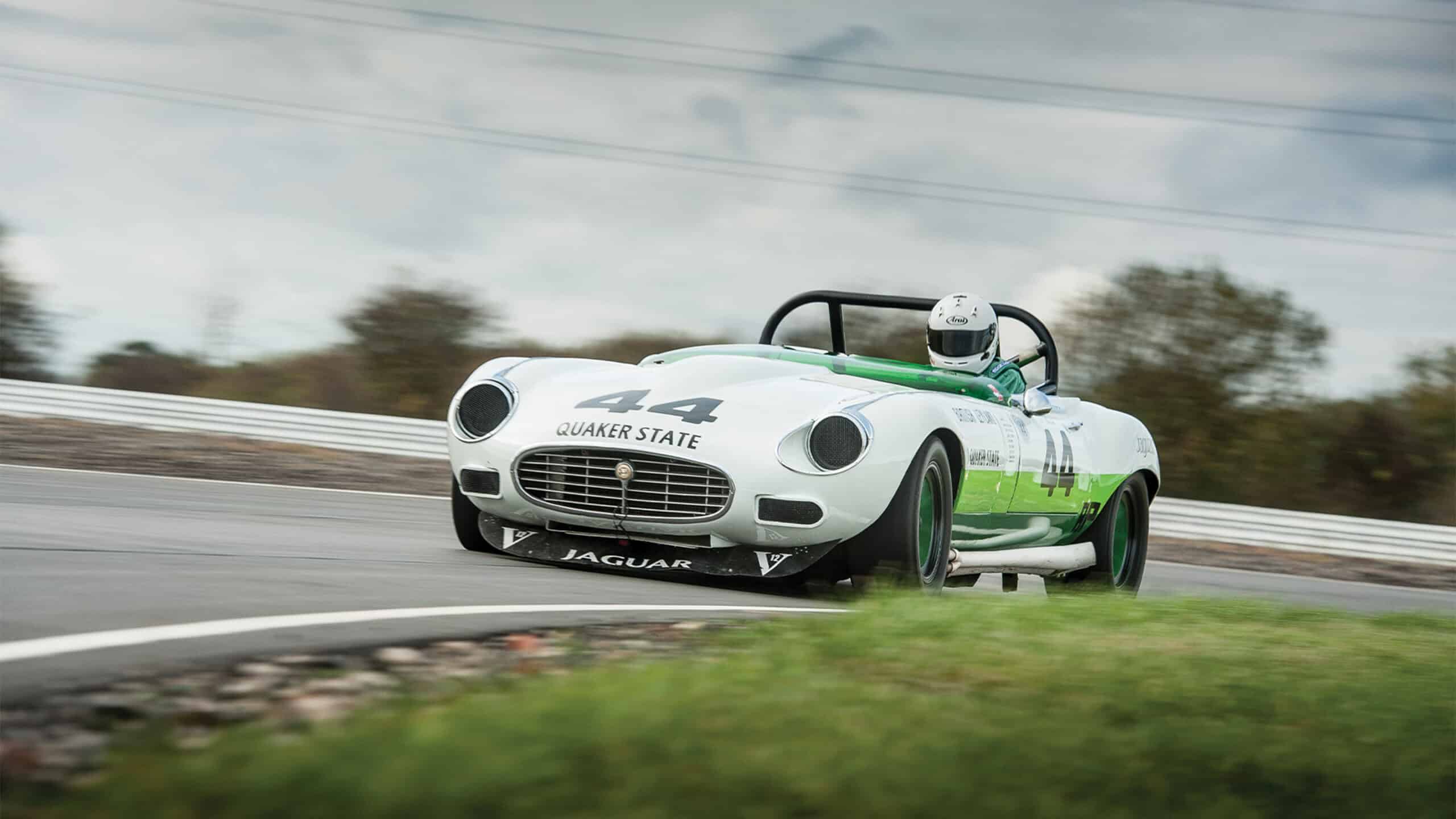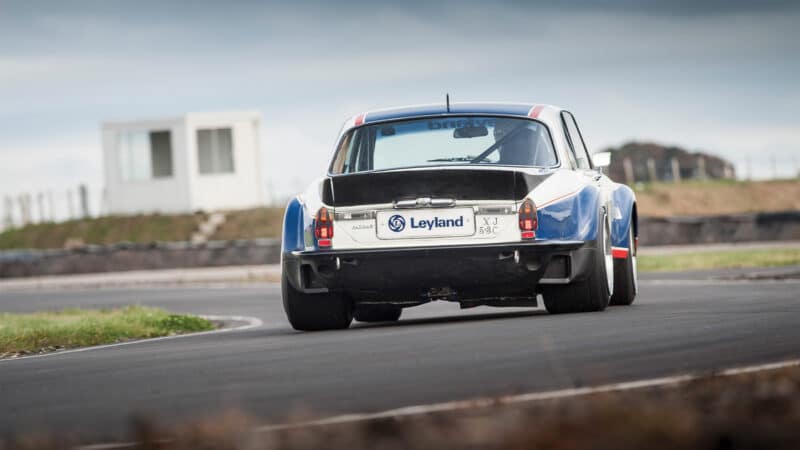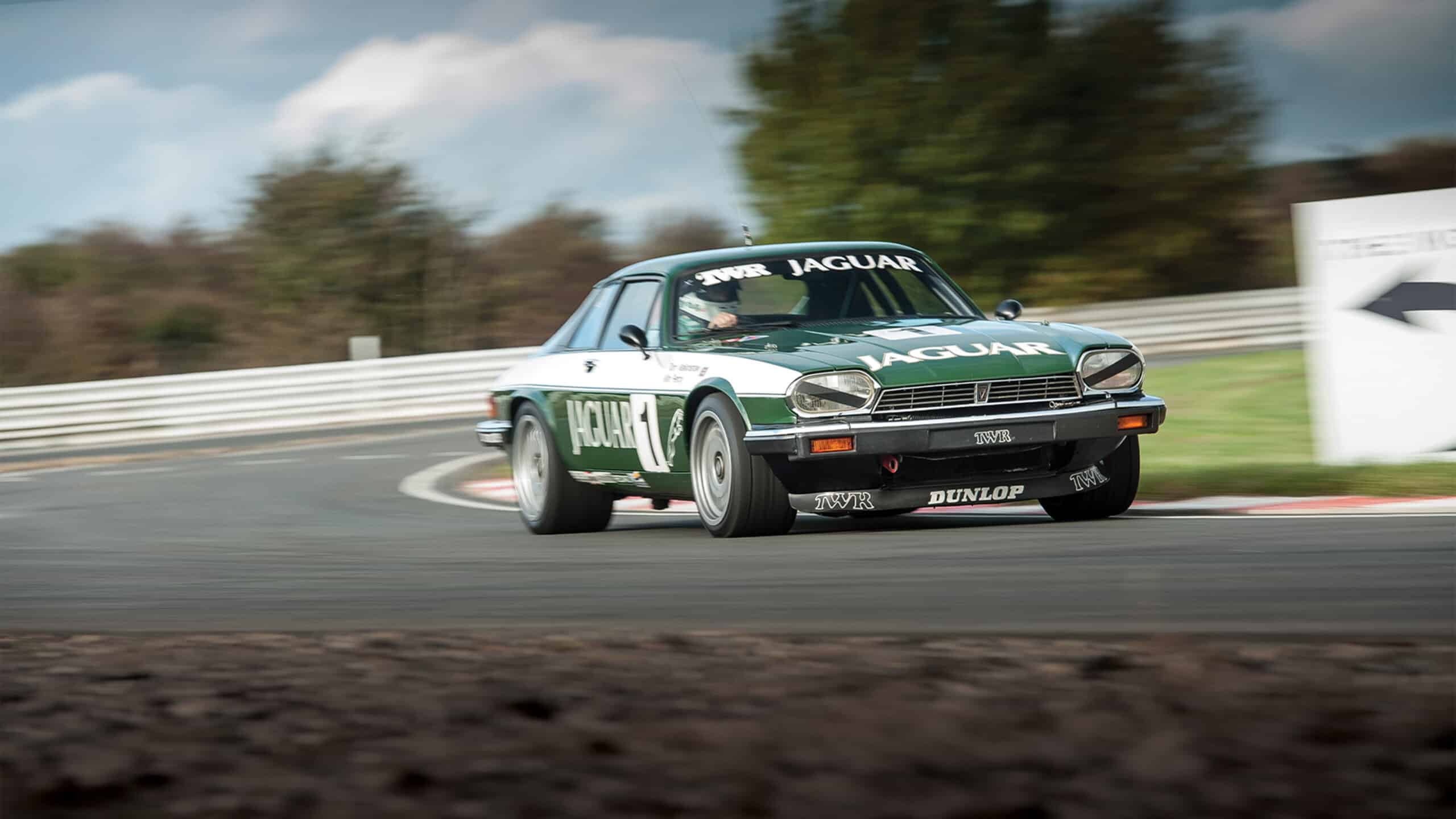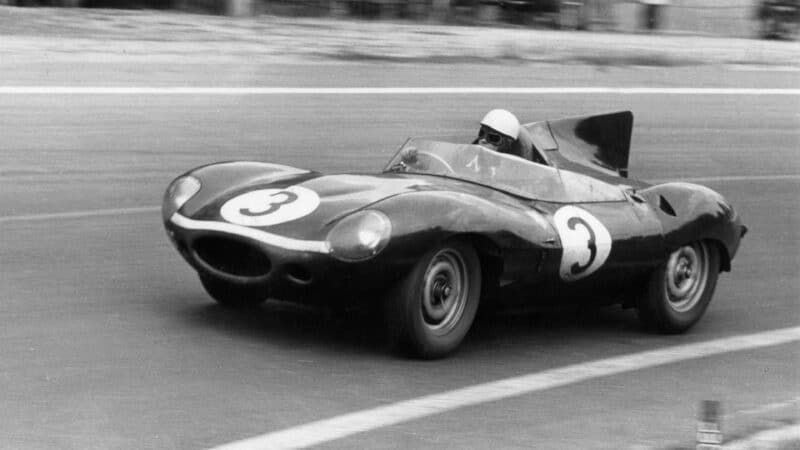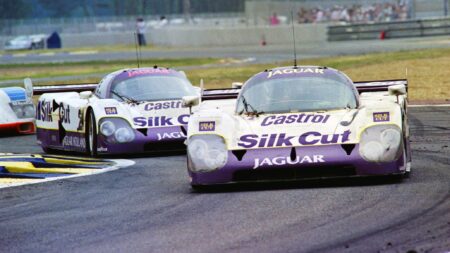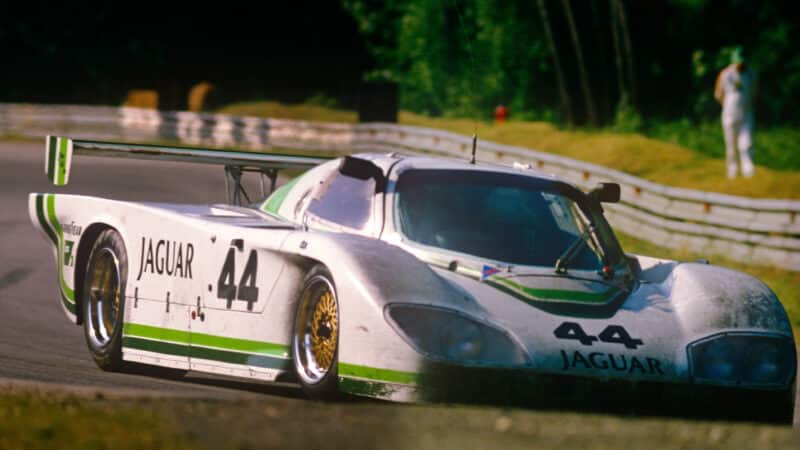The idea was that Tullius would make a car to compete in the SCCA championship on the East Coast while another team, Huffaker Engineering, would do the same in the west.
At the end of the season there was a combined run-off to see who’d be the outright winner. The cars needed to stay production-based, but Tullius managed to extract about 440bhp from its 5.3-litre V12, up from the standard 270bhp.
The opposition was provided by Corvettes, which had failed to win the national title only three times in the previous 17 years; there seemed little about the under-developed Jaguar that was likely to disturb the status quo. Until, that is, they made their debuts on either side of the country on August 10 1974. The Huffaker car won in Seattle while Tullius was cruising around Watkins Glen, having annihilated the entire field, when the gear lever came off in his hand. The two cars continued almost unchallenged for the rest of the season until the run-off at Road Atlanta. At first it was business as usual, with two Jaguars out in front and Tullius smashing the lap record, but the Huffaker car went out of contention while Bob’s tyres wilted, allowing a Corvette to sneak through to win by less than a second.
There’d be no such slip-ups in 1975. Up and down their respective coasts, both E-types cleaned up and at the run-off Tullius won outright to claim the national crown.
“I was only an OK driver,” he says, “but I had a great team. And an OK driver with a great team was good enough to get the job done.” By the time his E-type’s career was concluded, it had entered 17 races and won 12 of them. And yes, that was all done by this very car, now owned by Jaguar Heritage. It may not have been Le Mans, but Jaguar was racing again. And winning.

Racer was introduced very late in the E-Type’s lifecycle but it was instantly successful
James Lipman
The door is welded shut, so you hop over the side and slide down into a tiny seat, whereupon you are confronted by an even tinier steering wheel. The dash is sparse and randomly laid out but the car is simple to operate. Flick a switch, press a button, take cover and it’s ready to go. There’s a simple four-speed Jaguar gearbox (sourced from the 4.2-litre E-type for its closer ratios) and a kind clutch.
The steering is so light that at first you think it’s broken. There’s no feel through the wheel’s fat rim, either. It is very intimidating.
But the engine is fabulous. Despite the racket, it doesn’t feel like a race unit because the power comes in so evenly and strongly from such low revs. It pulls from just 2500rpm and at 3500rpm it’s entirely on song. Given that Tullius used 7000rpm, it gives you some idea of the powerband available.
I chose not to exceed 5500rpm and it never fell off the cam. It feels fast, too, and I’m not sure why I should find that surprising: it weighs the same as a Ford Focus and has far more power than a new Porsche 911 GTS.
With its narrow track, long wheelbase and crazy steering, it should feel worse than it does in the corners. I don’t think apex speeds would be that high, even on fresh slicks, but it turns in very cleanly given the weight in its nose and understeers just a little unless you choose to break the back loose with your right foot.
You might expect the E-type to be the poor relation of this crowd, but it’s not. Its only real deficiency is its braking, which wilts after a few laps of Blyton just as it did on the tighter American tracks 40 years ago. Otherwise, and as the only one of the four you can just get in and drive quickly without having to think too hard about it, the Group 44 E-type is a pure and simple delight.
1976-77 Broadspeed XJ12 Coupé

If you were to go looking for an allegory for all that was wrong with the British motor industry in the 1970s, a near-500bhp V12 racing car might not be the first place you’d look. But the story of the Broadspeed Jaguar XJ12 Coupés has all the elements: there’s the management that appeared almost wilfully to misunderstand its workforce, a car with ultimately insuperable quality control issues and an almost comical flair for underestimating the opposition. And yes, there’s even the genuine talent whose light was all but obscured beneath such incompetence.
Possibly inspired by the success of the Group 44 E-type on the other side of the pond, in 1976 the board of Leyland decided Jaguar would go racing again in Europe, charged Ralph Broad with the task and gave a good impression of thinking it was as simple as that.
In fact the problems could not have been more fundamental: the car that should have raced – the new XJS – wasn’t homologated, which is why Broad ended up instead with the old, floppy, heavy XJ12. Really, you couldn’t make it up. I spoke to Broad about it before he died in 2010 and he described it as, “really a bloody awful car. It’s structural rigidity was notable only by its absence and as for the aero…” – I had to wait until he’d stopped laughing – “well, you can see for yourself.”


